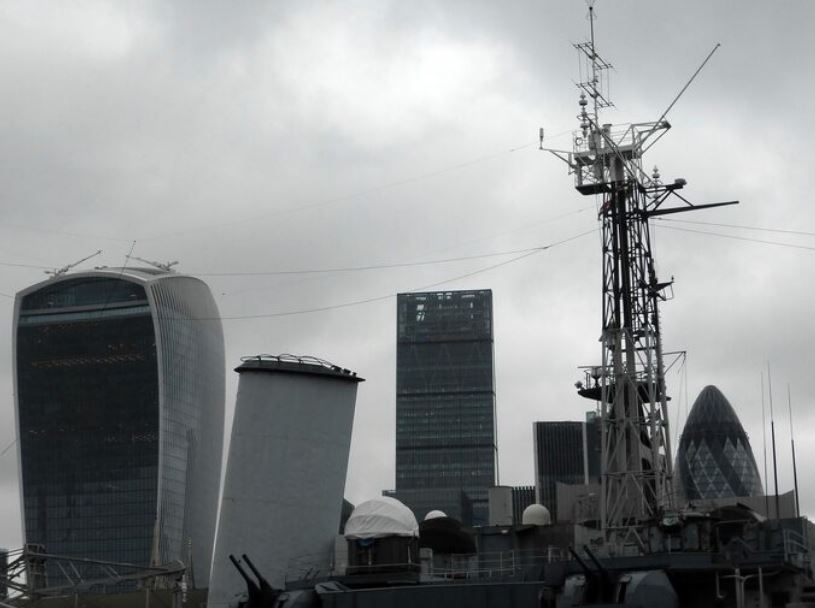
Like a fierce chess match, the covert competition for Britain’s fastest broadband is unfolding, with each move revealing new ambition and each countermove exposing new weaknesses. In just ten years, Britain has gone from suffering from excruciatingly slow copper lines to having some of Europe’s most promising fiber expansion rates. But even with this quick change, the story is not yet complete—urban households are streaming in ultra-high definition, while rural families are still having trouble loading a basic webpage.
Sky’s dramatic July 2025 rollout of a 5 Gbps service felt incredibly successful in changing the focus from catching up to taking the lead. Sky established itself as the speed king of Britain by collaborating with CityFibre and utilizing WiFi 7. Although the symbolic win is noteworthy, there are still only 4.5 million available locations as of right now. This speed revolution still seems more like an idealized billboard than a day-to-day occurrence to many Britons.
Broadband Landscape in the UK (2025)
| Category | Details |
|---|---|
| Gigabit-capable availability | About 84% of UK premises covered |
| Full-fibre (FTTP) coverage | Around 73–74% of premises |
| Average broadband speed (2024) | Approximately 157 Mbps |
| Fastest commercial service | Sky 5 Gbps (launched July 2025) |
| Price of premium Sky service | £80/month for 5 Gbps, £70/month for 2.5 Gbps |
| Government initiative | £5bn Project Gigabit – 85% gigabit coverage by 2025, 99% by 2030 |
| Rural challenge | Over 500,000 households still below 10 Mbps |
| Market leaders | BT (8.8m customers), Sky (5.8m), Virgin Media O2 (5.74m) |
| Satellite expansion | Starlink and OneWeb offering up to 200 Mbps in remote areas |
| Political pledge | Conservative manifesto promised universal gigabit by 2025 |
BT has been laying fiber and excavating trenches at a rapid pace through its Openreach division. Engineers used to connect new properties every eight seconds. The introduction of high-capacity lines into suburban areas that had been neglected for a long time has been made possible by this expansion. Never one to back down, Virgin Media O2 has pushed forward with DOCSIS 3.1 cable system upgrades and plans to switch to fiber entirely by 2028. In a market that now resembles the energy conflicts of the industrial revolution, every company fights ferociously not only for customers but also for the right to boast.
As usual, politics adds complexity to the situation. The exceptionally ambitious goal of universal full-fibre by 2025, made by Boris Johnson in 2019, was intended more for political purposes than for actual implementation. Planning disputes, vendor bans, and pandemic delays made that deadline much less feasible. In response, Project Gigabit was crafted as a more realistic framework, backed by £5 billion and focused on reaching 85% coverage by 2025. The new target is notably improved, but the climb to 99% by 2030 underscores that for rural Britain, this is still a marathon, not a sprint.
Culturally, broadband has become more than infrastructure—it is the silent backbone of everyday life. During the pandemic, when remote work and digital classrooms became the norm, millions suddenly realised that connection quality could dictate opportunity. Musicians recording live streams, YouTubers building global audiences, and gamers competing in international tournaments all became testaments to how central connectivity is to identity and livelihood. It is not an exaggeration to say that broadband today carries the weight electricity once did at the dawn of the modern home.
The disparity between rural and urban access continues to illustrate how geography dictates opportunity. In London, only a sliver of households lacks access to 100 Mbps, while in rural Wales nearly 70% remain disconnected from comparable speeds. The situation feels particularly unfair when adventurers at Everest base camp enjoy broadband faster than entire villages in Britain. For residents of Narberth, Wales—recorded with average speeds under 5 Mbps—every online form, every streamed lesson, and every digital service becomes an exercise in patience. This uneven access is strikingly similar to the divide once seen in Victorian railway expansion, where progress forged ahead unevenly and left communities fighting for connectivity.
Technology diversification is, however, offering new lifelines. Satellite services such as Starlink and OneWeb have begun filling gaps, delivering up to 200 Mbps even in rugged, hard-to-wire corners. These services are highly efficient for reaching islands or mountain valleys, though the cost remains surprisingly high for everyday households. With 5G already reaching roughly 85% of households and 4G now reaching almost every premise, mobile broadband has also become incredibly versatile. Fiber, mobile, and satellite overlap points to a hybrid future in which each technology enhances the others to increase coverage rather than being the only one that saves the day.
There are significant economic ramifications. The UK’s digital economy already contributes more than £140 billion annually, a figure expected to grow dramatically as AI, remote health, and advanced streaming embed themselves in everyday routines. A buffer wheel during a Zoom interview or a frozen screen in a telemedicine appointment can translate directly into lost opportunity or delayed care. Reliable high-speed broadband is now a necessary tool for modern citizenship, not just a benefit.
Britain’s advancements abroad are both praiseworthy and a warning. With a penetration rate of over 90%, Spain and France continue to lead the way in fiber coverage, but Britain’s recent acceleration indicates it may catch up this decade. That trajectory is especially encouraging because it shows that a nation that has long been criticized for falling behind can advance remarkably effectively with concerted private investment and government support.
What is evident is that perception is just as important as performance in the covert competition for the fastest broadband in Britain. In addition to competing to connect households, providers also try to reassure them that speeds will be provided and that promises will be kept. Consistency is what consumers, who are frequently skeptical, desire above marketing. Additionally, the general public wants fairness—the idea that access to digital resources won’t be a hindrance to learning, employment, or leisure, regardless of where you live.
